Spotlight: Philip Akin
Philip Akin is a fifth-degree black belt.
With over 40 years of experience in Canadian theatre, he’s also an actor, director, and former artistic director. It’s no surprise that he’s the most awarded Black director in Canada.
Akin got his start in theatre in Oshawa. Speaking to me over Zoom, he recalled growing up in the 1960s as part of the only Black family in the neighbourhood, where “language, and the freedom to use language” meant people said “whatever the hell they wanted.”
“Theatre was a place that I felt I could present as somebody who was engaging, and not a threat,” he recalled.
His early interest in theatre eventually landed him at Ryerson Theatre School (now Toronto Metropolitan University), where he graduated as part of the program’s inaugural cohort in 1975. He often jokes that he was the first person to graduate from the program, since his last name starts with A.
Right out of school, Akin landed a role in the Shaw Festival’s Caesar and Cleopatra, and was the first Black actor to perform there, before going on to book television series such as Bizarre and X-Men.
“All I did for the first bunch of years [was] just die on film,” he admitted in our interview. “First 20 minutes of every film, I’d be dead.”
Still, as an actor, Akin continued to break down doors, such as playing Othello at the Stratford Festival in 2007.
All this, despite reading a book on Black Canadian history in his teens that called Black history “a minor story in this country.” Akin still recalls being offended, though says now, “whoever wrote it was right. We are a minor story in this country. And it’s growing larger over time.”
Akin is a huge reason why. Recognized as a founding member of Obsidian Theatre Company in 2000 and then serving as its artistic director from 2006-2020, Akin staunchly centred Black artists, such as Luke Reece, who is now the associate artistic director of Soulpepper Theatre Company.
Over the phone, Reece remembered his first time meeting Akin, when he came to speak to his class at York University.
“That was the first time that I had seen a Black man in that position,” he recalled. “Seeing him do that, I realized that was a possibility for me.”
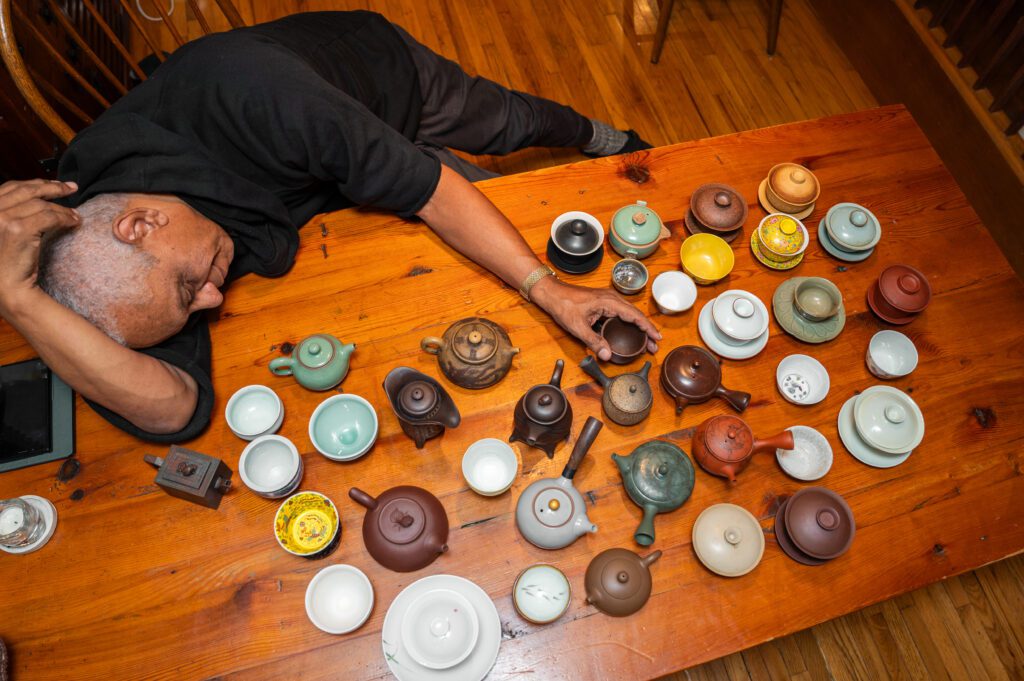
Many artists (including myself) saw rich and complex representations of Blackness on stage for the first time thanks to Akin’s work. For me, it was during Obsidian’s production of Ruined, directed by Akin and in association with Nightwood Theatre in 2011, where he did a talkback afterwards that entirely changed the direction of my writing.
According to Reece, Akin believes that “Black comes in all colours,” and when he came to Obsidian, he looked at its vision and mandate and recognized that Black artists “were going to need a home.”
Akin made Obsidian that home. One of his proudest legacies is that “people could walk into the [Obsidian] office anytime, and we were always there…I wasn’t hidden in a back office,” he said. He would welcome visitors with coffee, tea, or sometimes lunch – he even invited me to an upcoming rehearsal during our interview.
In 2020, Akin concluded his time at Obsidian, but not without leaving something behind for Black artists: the Philip Akin Black Shoulders Legacy Award, designed to support Black artists’ growth and enhance their artistic craft. Reece, one of the driving forces behind the award, says “it started with this goal of maybe $20,000.” It’s a testament to Akin’s reputation that the award fund raised close to $150,000 in just a few months.
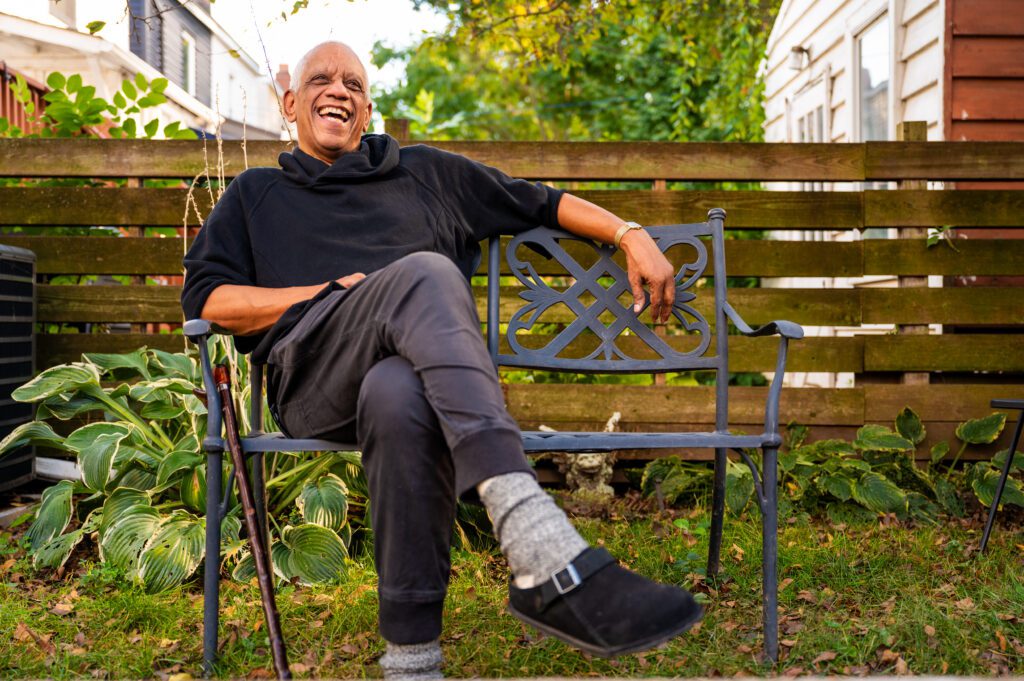
Since leaving Obsidian, Akin has had plenty to keep him busy. In addition to holding a fifth-degree black belt in Yoshinkan Aikido and a black sash in Jing Mo Gung Fu, some of his hobbies include collecting antique watches (including the same Longines watch worn by Malcolm X!), and he still directs many shows. But he admits, “it’s taken the bulk of my career to get to the point where people are going to say, ‘oh, yes, Akin can actually do a white play.’” One such play is Heroes of the Fourth Turning, a co-production between The Howland Company and Crow’s Theatre, which opened the day of our interview to widespread critical acclaim.
No matter a show’s makeup, Akin stays true to himself as a director. In chatting about his upcoming production of The Lehman Trilogy at Canadian Stage, he brought up that race is a major component of how he approaches his creative work.
“It’s been a big part, and informs who I am and what I do, and how my art is perceived,” he said. “What I will insist on being in a show that another director wouldn’t.” He revealed that The Lehman Trilogy features a design element that is “unabashedly Black.”
“When people see it, they’re all gonna be like, ‘Akin did that,’” he said.
When the last person dies who saw [one of my plays], it’s gone. But the legacy I believe lives on in the people who call me up to have a talk, and I’m able to help them or help somebody develop craft. That’s legacy, whether my name is attached to it or not. Since one day, nobody will know who I am.
Philip Akin
To Akin, the trend towards creating so-called “safe spaces” isn’t viable.
“I can’t fix [systemic racism]. I’m not trained to. I’m not even being paid to try,” he said. As a director, he believes his job is to bring adults together “in a joyful way to investigate a script, and do the best possible production we can, where everybody has the space to flex and grow and be and make steps as an artist to learn craft. To find a way to be unique.”
But this work comes at a physical and emotional cost. Akin had back surgery 11 months ago and talks about the need for accessible spaces, as well as his rehearsal time being at a premium.
“Every rehearsal hour becomes extremely valuable because it takes a lot of energy to get there and to get home,” he explained. “So I have to prioritize the work and the time I have left in art.”
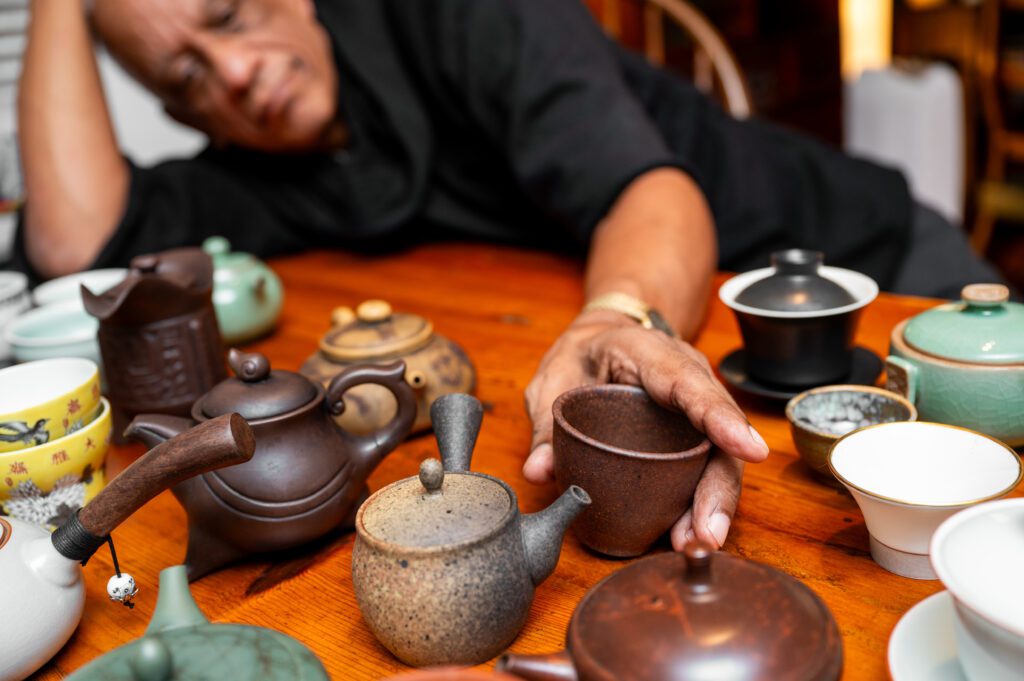
For Akin, when the topic of safe spaces comes up, he points out, “you know, that’s impossible, right? I could go outside, walk out this door, and get shot…as a Black person, there is no safe place. Never.”
Earlier in our hour and a half together, I joked with Akin about making theatre at the end of the world, but his words illuminated the threat of obliteration of not just Black work, but our lives. And Akin doesn’t believe in changing minds.
“I don’t know why that is being placed on Black people to do that,” he said. “I ain’t here to pick your intellectual cotton.”
I don’t know why it is being placed on Black people to change minds…I ain’t here to pick your intellectual cotton.
Philip Akin
The one award Akin says he set out to win was a Dora Mavor Moore Award in acting, and so far, he hasn’t achieved it. But he says, “I’m a better actor now than I was when I was acting. Because I can immediately go wherever a character needs to go; I can act out a scene or a segment. And I can go there 150 per cent fearlessly, which I never could before.”
Talking to Akin is like a history lesson in theatre and Blackness. He told me that even “Black” was once an epithet.
After our interview, Reece shared with me a poem he wrote in honour of Akin’s retirement, where he wrote that Akin once said, “look at the art, not at me.”
I asked Akin how he feels about the legacy he’ll leave behind. “When the last person dies who saw [one of my plays], it’s gone,” he said. “But the legacy I believe lives on in the people who call me up to have a talk, and I’m able to help them or help somebody develop craft.
”That’s legacy, whether my name is attached to it or not,” he continued. “Since one day, nobody will know who I am.”
“You definitely can’t tell the story of Canadian theatre without Akin,” wrote Reece in his poem.
“I treat artists as adults,” says Akin, who is tired of having conversations about race that skirt around the language and “codes [he’s] heard all [his] life.”
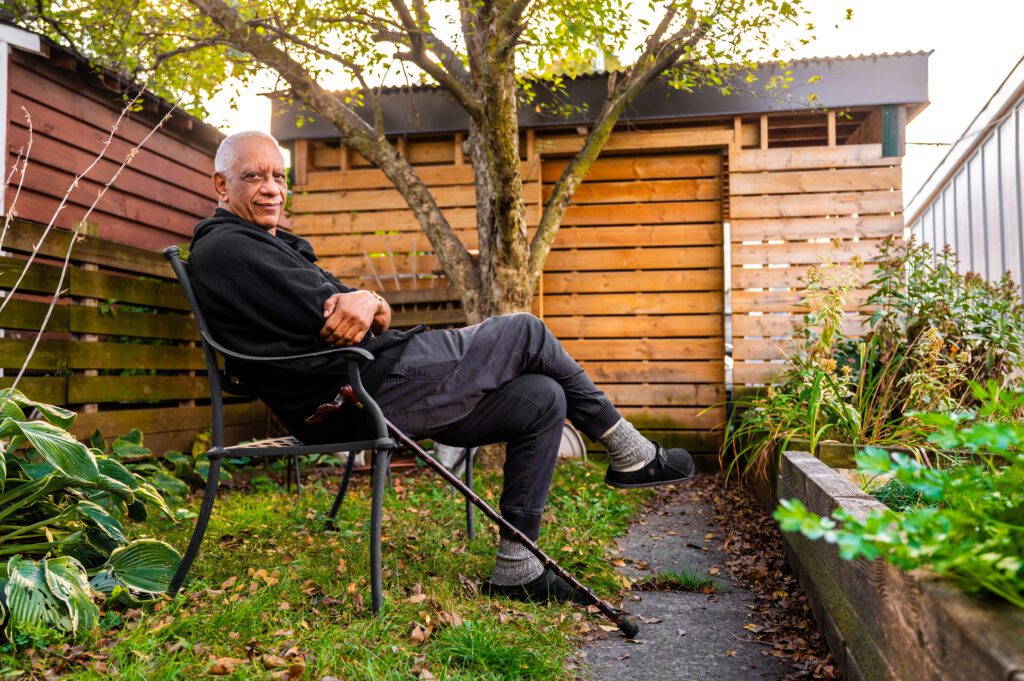
A man who wields his voice and language with scalpel-like precision, Akin holds: “I don’t shy away from words…and I won’t be constrained, if I think [a word is] the appropriate [one] in a conversation … especially around race….you have to kind of go, ‘if it makes you uncomfortable, just sitting here, a word that doesn’t even apply to you, perhaps you can use your imagination to understand what it means to people [for whom] it was used as an epithet.’”
At this point in his career, Akin maintains, “I don’t have to be the foremost leader in Black causes, publicly all the time. I still believe in them, and I still forward them, but it’s not my day-to-day work anymore. My day-to-day work is trying not to be too tired to get to the rehearsal hall.”
You can learn more about Akin’s work on The Lehman Trilogy at Canadian Stage here.

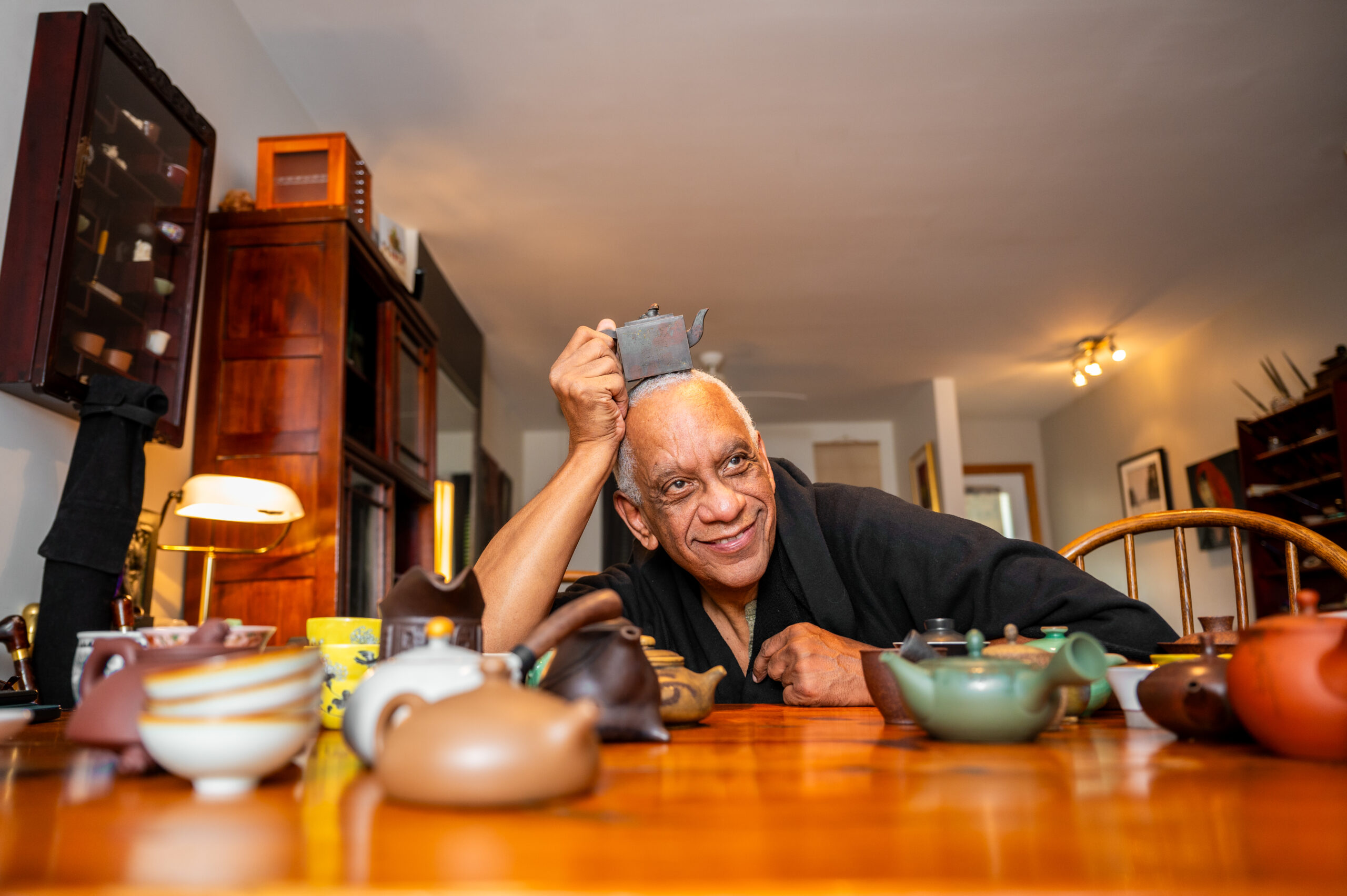
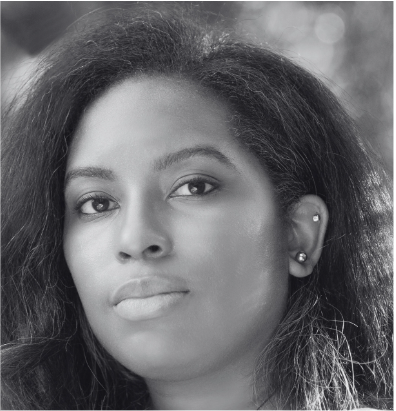
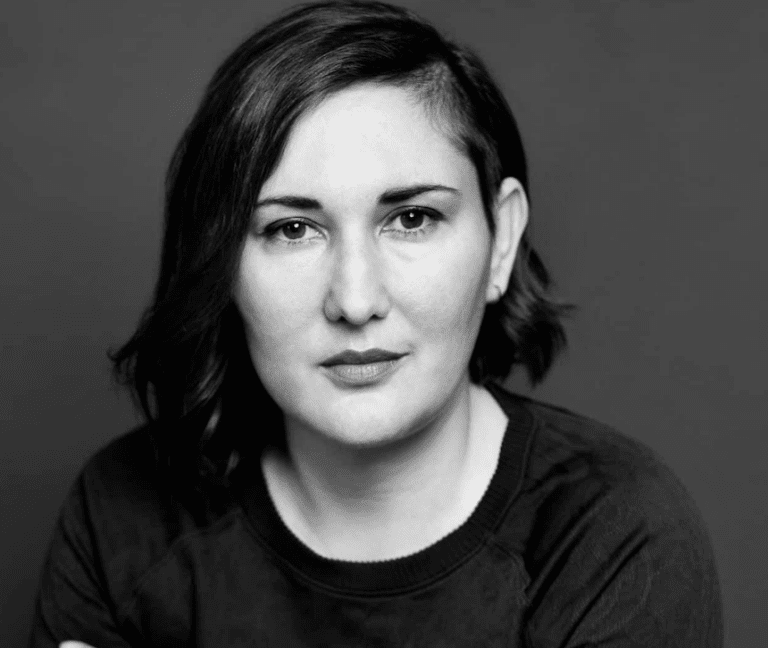


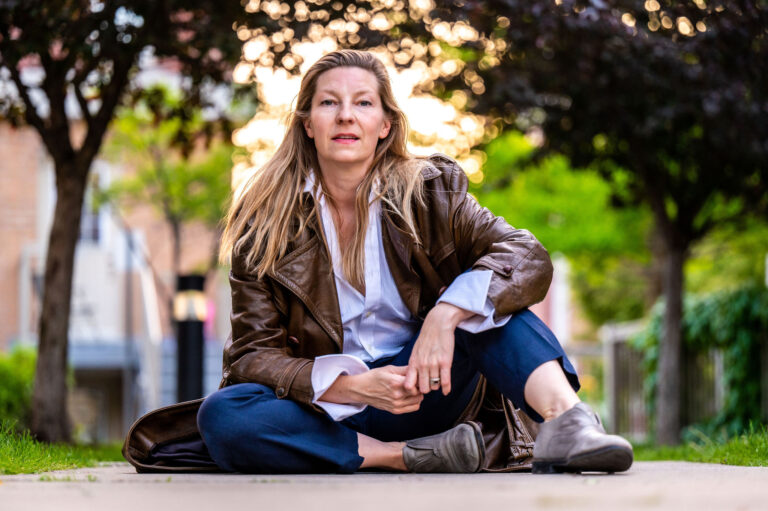
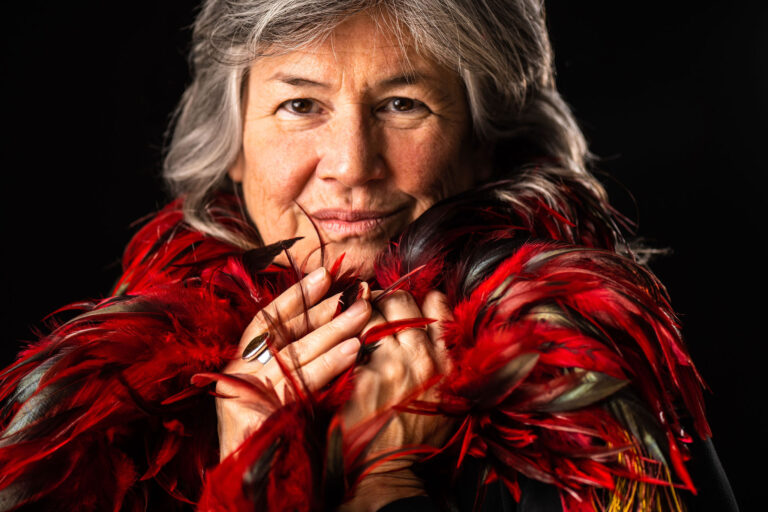
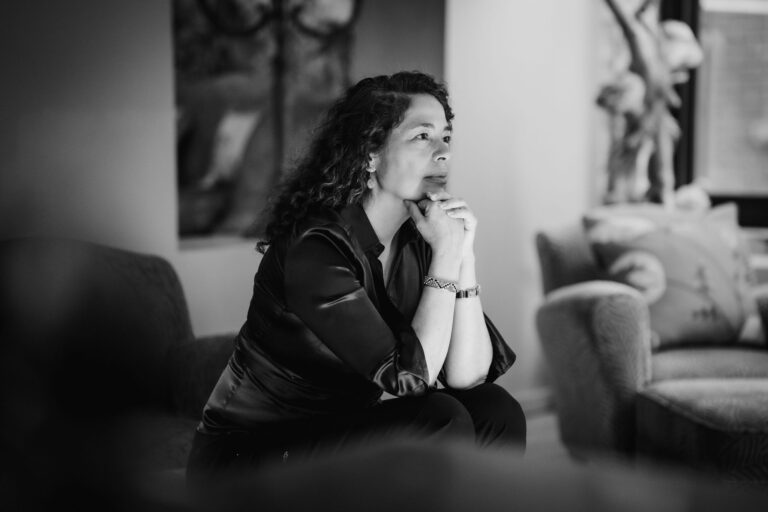
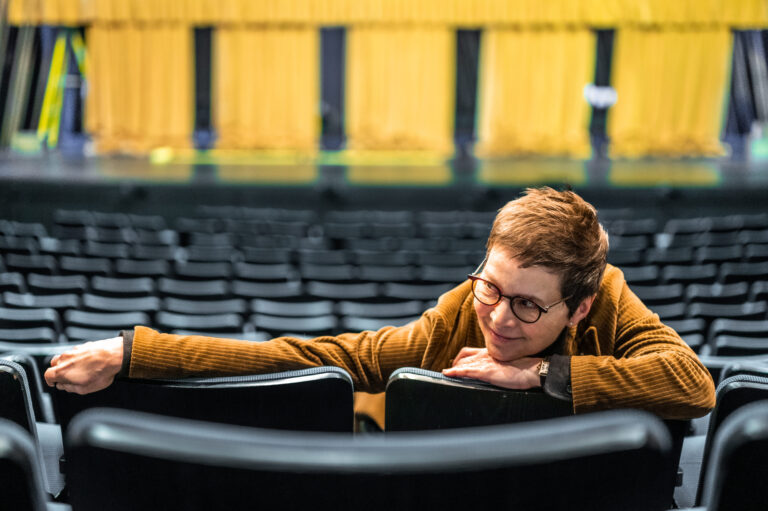
Comments